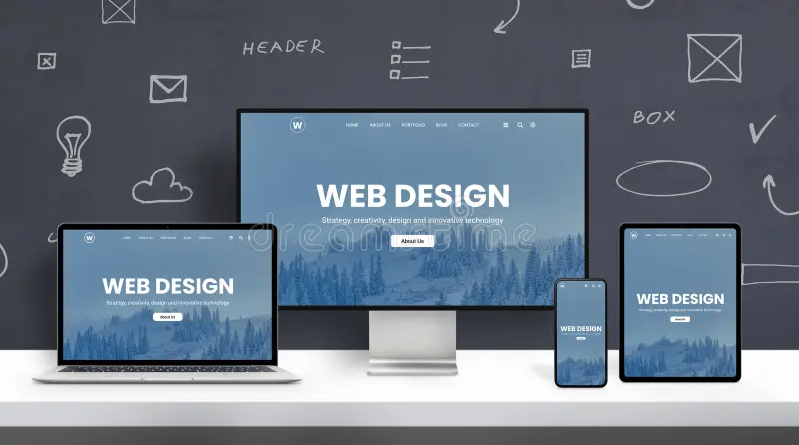
Web design is a fundamental aspect of creating a successful online presence. Whether you're building a personal blog, a small business website, or a corporate platform, understanding the basics of web design can help you create a visually appealing, user-friendly, and effective website. In this article, we'll break down the key elements of web design to get you started on your digital journey.
The layout and structure of a website play a crucial role in its overall appeal and usability. Start by defining the layout, which includes the placement of elements like headers, navigation menus, content areas, and footers. A well-organized structure ensures that visitors can easily navigate your site and find the information they need.
Choosing the right colors and typography can greatly impact the look and feel of your website. Colors evoke emotions and set the tone for your content. Select a color scheme that matches your brand or theme, and ensure readability by using contrasting colors for text and backgrounds. Similarly, choose legible fonts and maintain consistency in font sizes and styles throughout your site.
Images and graphics enhance the visual appeal of your website and can convey information more effectively than text alone. Use high-quality images and graphics that are relevant to your content. Optimize them for the web to ensure fast loading times without compromising quality.
In today's mobile-centric world, it's essential to design a website that works well on various devices and screen sizes. Responsive design ensures that your site adapts to smartphones, tablets, and desktops, providing a consistent user experience. It also improves your site's search engine ranking.
Intuitive navigation is critical for helping users find their way around your website. Use clear, organized menus and provide breadcrumb trails or site maps if needed. Ensure that important pages are easily accessible, and consider implementing a search bar for larger sites.
Well-organized content is essential for keeping visitors engaged. Use headings, subheadings, and bullet points to break up text and make it scannable. Create logical content hierarchies to guide users through your site's information.
CTA buttons are essential for encouraging user actions, such as signing up for a newsletter, making a purchase, or contacting you. Design these buttons to stand out with contrasting colors and clear text that communicates the desired action.
Nobody likes waiting for a slow website to load. Optimize your website's performance by compressing images, minifying code, and using content delivery networks (CDNs). A faster website not only improves the user experience but also positively impacts search engine rankings.
Web design, while often perceived as complex, can be simplified by focusing on these fundamental elements. By considering layout, color, typography, responsiveness, navigation, content organization, CTA buttons, and loading speed, you can create a visually appealing and user-friendly website that effectively conveys your message and meets your goals. Whether you're a beginner or an experienced web designer, mastering these basics is essential for success in the ever-evolving world of web design.